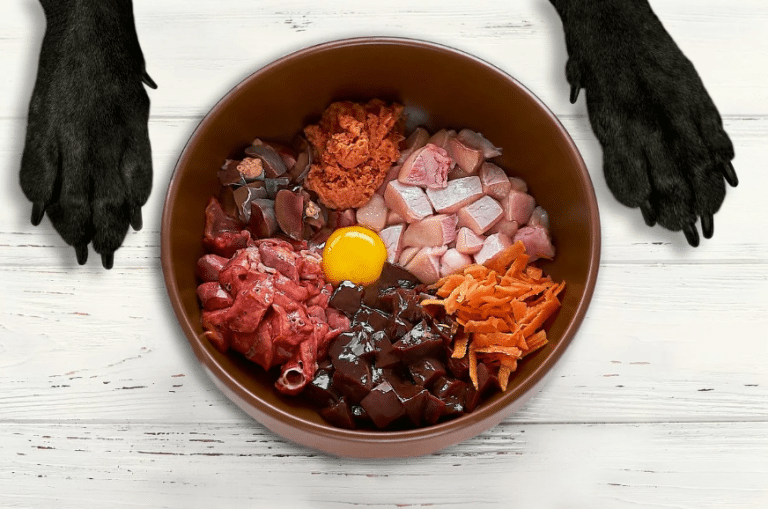The Cultural Impact of Fusion Cuisine: From Hawaiian Ham and Swiss Sliders to Global Gastronomy
Understanding Fusion Cuisine
The genesis of fusion cuisine lies in the artful melding of flavor profiles from distinct culinary realms, giving birth to innovative and flavorsome dishes. At its core, fusion cooking represents the melting pot of the world’s gastronomies, showcasing the versatility and interconnectedness of the global culinary landscape. This innovative approach has increased flavor diversity, providing a ‘tour du monde’ of taste within a single dining experience. Fusion cuisine has evolved from an exotic novelty to a mainstream staple, mainly due to its ability to allow diners to explore unfamiliar cultures through the universal language of all food.
The Elements of Hawaiian Cuisine
Hawaii’s culinary scene is a rich amalgamation of the islands’ indigenous fare with that of settlers from Asia, Europe, and America over the centuries. The result is a kitchen repertoire that speaks volumes about the island’s history. The interweaving of sweet pineapples, succulent pork, and robust cheeses mirrors the social and cultural fusion inherent to Hawaii. Renowned dishes like the ham and cheese sliders recipe, owing their popularity to this blend, symbolize the aloha spirit infused in every bite, engaging the diners’ senses in a lively dance of culinary innovation.
Fusion Foods in Pop Culture
As celebrities and food influencers continue to embrace and promote fusion cuisine, it maintains a steady presence in popular culture. These diverse and inventive offerings are at the culinary forefront, from upscale restaurant menus to street food trucks. They satisfy a growing public demand for new and Instagram-worthy eating experiences. Integrating various cultural dishes into the mainstream has pushed the envelope of creativity in the food industry, with fusion cuisine becoming the poster child for contemporary, stylish dining.
Creating the Perfect Hawaiian Slider
The concoction of the perfect Hawaiian slider is akin to a composer crafting a harmonious symphony – each ingredient, like musical notes, coming together to build a masterpiece. Take the quintessential ham and cheese sliders; to create these, one must meticulously choose each component, ensuring the robust flavors of the ham and the subtle creaminess of the Swiss cheese complement each other, all nestled within the sweet embrace of Hawaiian rolls.
Nutritional Considerations in Fusion Cooking
Though fusion cuisine is synonymous with creativity and taste, it also presents an opportunity to innovate in nutrition. Health-conscious chefs are pioneering ways to integrate superfoods and substitute ingredients for healthier alternatives without sacrificing the authenticity of the flavors. Modern fusion cooking must align with the dietary needs of a diverse consumer base, ensuring that the meals not only entice the taste buds but also nourish the body.
The Role of Locally Sourced Ingredients
Fusion cuisine extols the virtues of using seasonal and locally sourced ingredients, reinforcing the connection between food and terroir. Every region has its bounty, supplying ingredients that carry the land’s narrative. From farm to table, local sourcing ensures that dishes pay homage to their origins while contributing to the sustainability of the environment and the prosperity of local communities. This philosophy aligns seamlessly with the principles of fusion cuisine, where the intrinsic value of each cultural component is celebrated and preserved.
How to Pair Beverages with Fusion Dishes
Anchoring the perfect fusion meal is more than just the food; the accompanying beverages are equally essential. Pairing drinks, be it a zesty white wine with a spicy Asian-inspired dish or a dark stout with a robust meat platter, greatly affects the success of a fusion meal. This gastronomic interplay of flavors is a delightful adventure for those keen to explore the rich tapestry of global culinary delights.
Incorporating Global Flavors in Traditional Dishes
The allure of fusion cuisine lies in its ability to reinvent and revitalize traditional dishes by introducing flavors from distant lands, thus broadening the gastronomic horizons of diners. It is a testament to the dynamism of the culinary world, reflecting our evolving palates and the ongoing dialog between diverse food cultures. With an eye on the latest culinary trends and a respectful nod to heritage, chefs craft dishes that speak to a global audience, offering a tapestry of taste sensations.




